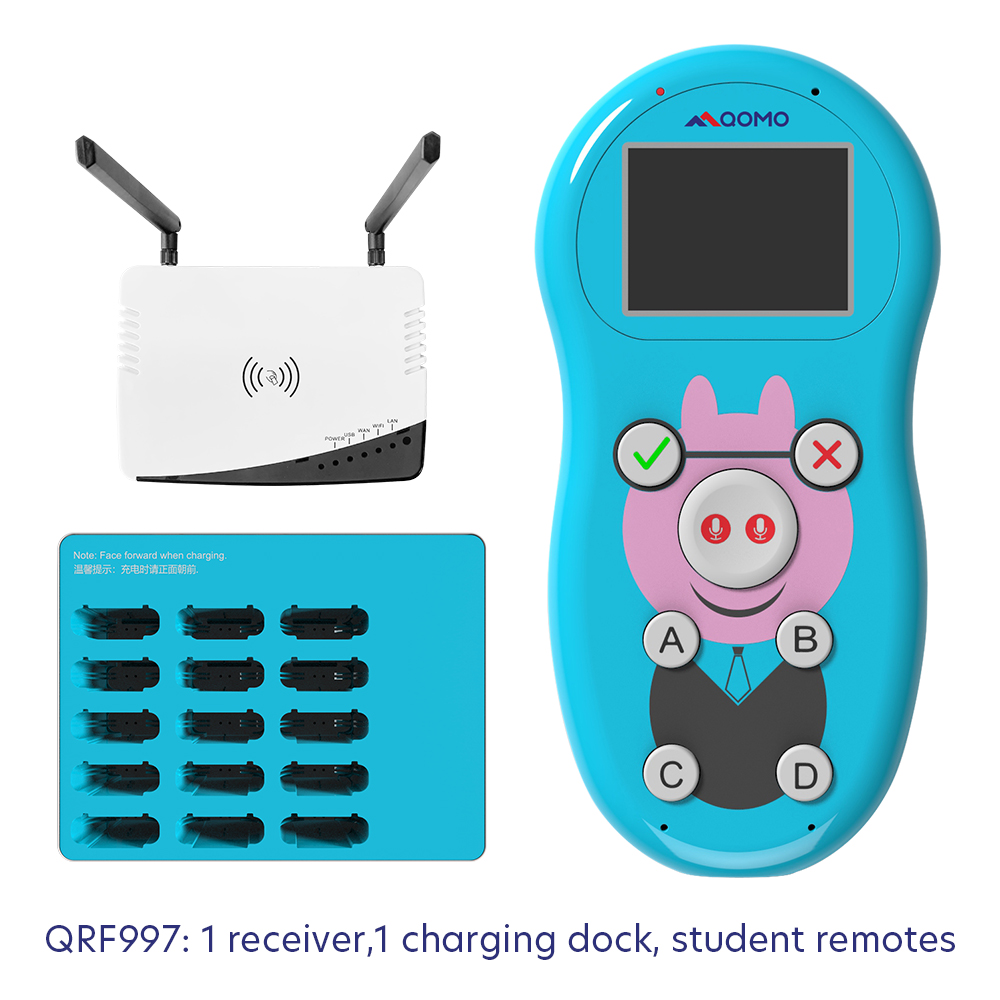In the era of digitalization, traditional classroom settings are being revolutionized by the integration of remote response systems. These technological innovations are helping educators to create interactive and engaging learning environments. The introduction of remote response systems opens up new possibilities for teachers to connect with students and enhance the learning experience.
Remote response systems, also known as clickers or student response systems, have gained popularity for their ability to create dynamic and interactive classrooms. These systems consist of handheld devices or software applications that allow students to respond to questions posed by the teacher in real-time. This technology enables teachers to gauge the students’ understanding, spark discussions, and instantly provide feedback on their responses.
With the increasing prevalence of remote learning due to the COVID-19 pandemic, remote response systems have become indispensable tools for maintaining engagement and participation in virtual classrooms. These systems allow teachers to keep the students actively involved, regardless of their physical location. The ease of use and accessibility of remote response systems further contribute to their popularity among educators and students alike.
One major advantage of remote response systems is their ability to encourage participation from all students, including those who may be typically hesitant to speak up in a traditional classroom setting. These response systems provide an anonymous platform for students to express their opinions and ideas, helping to foster a more inclusive and collaborative classroom environment.
Another benefit of incorporating remote response systems is that they offer instant feedback to both teachers and students. By receiving immediate responses, teachers can assess and adjust their instructional strategies to accommodate the varying levels of understanding. Students also benefit, as they can quickly gauge their own comprehension and identify areas they need to focus on.
Moreover, remote response systems support active learning by promoting critical thinking and teamwork skills. Teachers can employ various question types, including multiple-choice, true or false, and open-ended questions, encouraging students to think critically and articulate their thoughts coherently. Additionally, some remote response systems feature gamification elements, making the learning experience more enjoyable and motivating for students.
The integration of remote response systems in traditional and virtual classrooms has breathed new life into the conventional teaching methods. By fostering interaction, encouraging participation, and providing instant feedback, these systems have revolutionized the learning experience. As technology continues to progress, educators and students can look forward to a more interactive, engaging, and inclusive classroom environment.
Post time: Oct-27-2023




